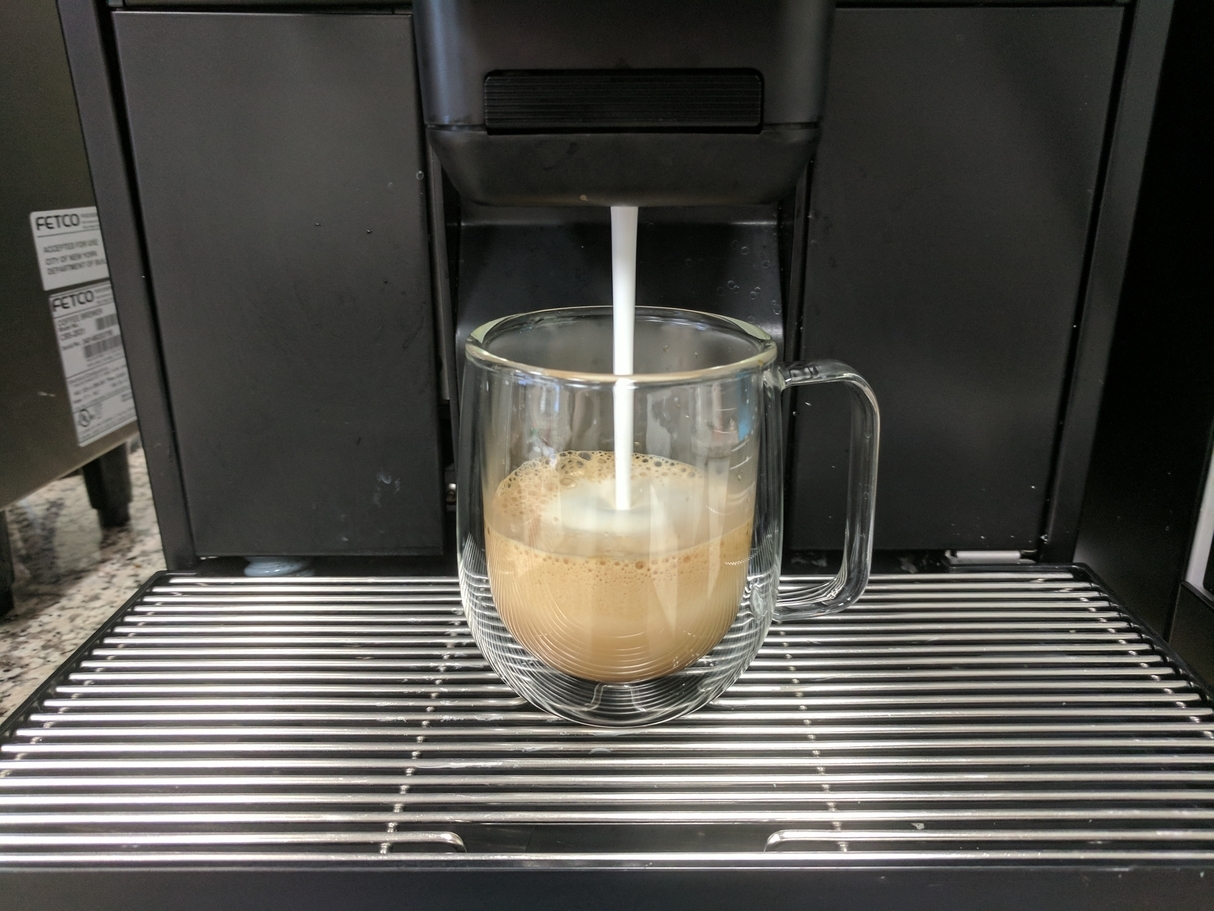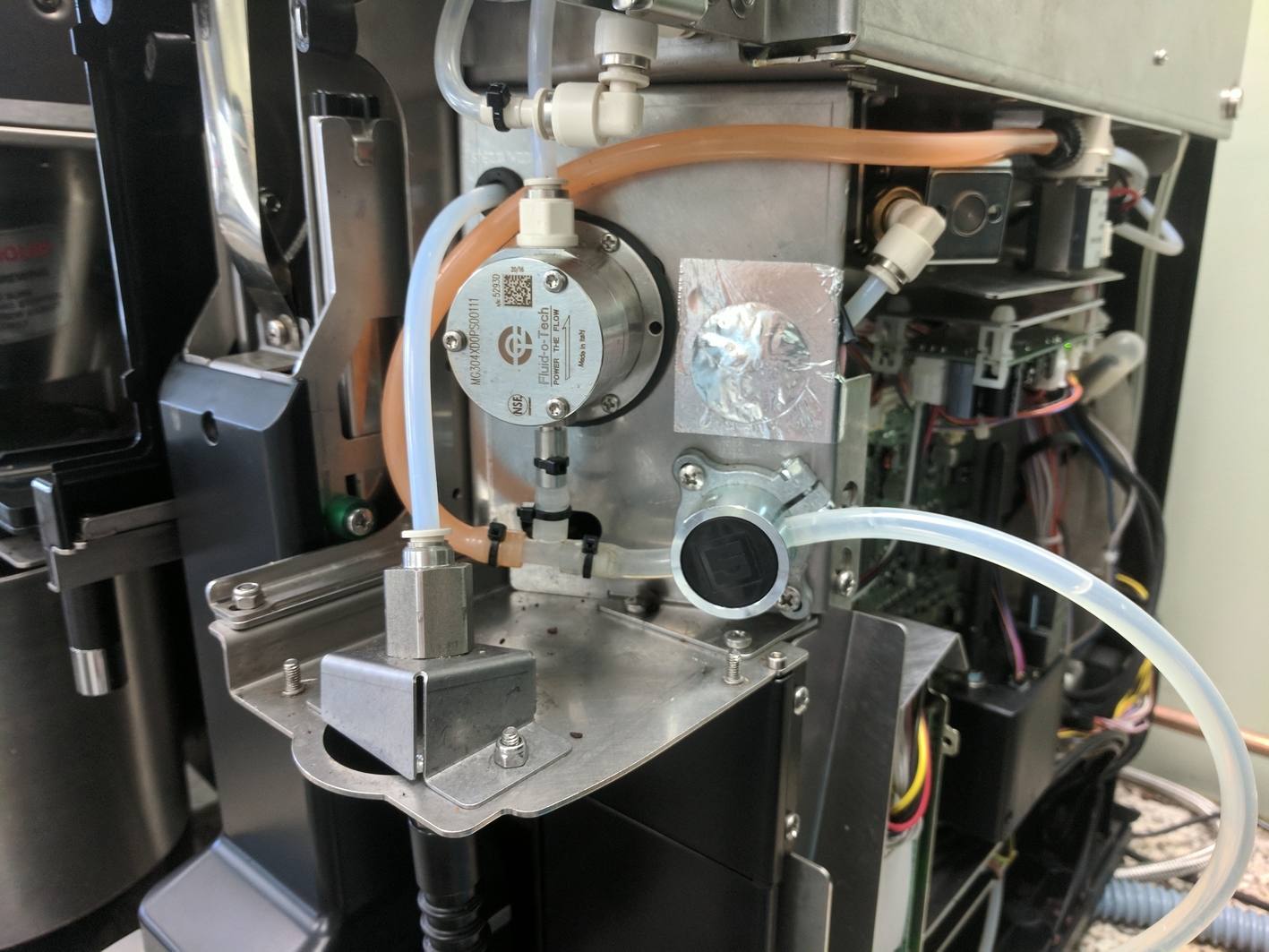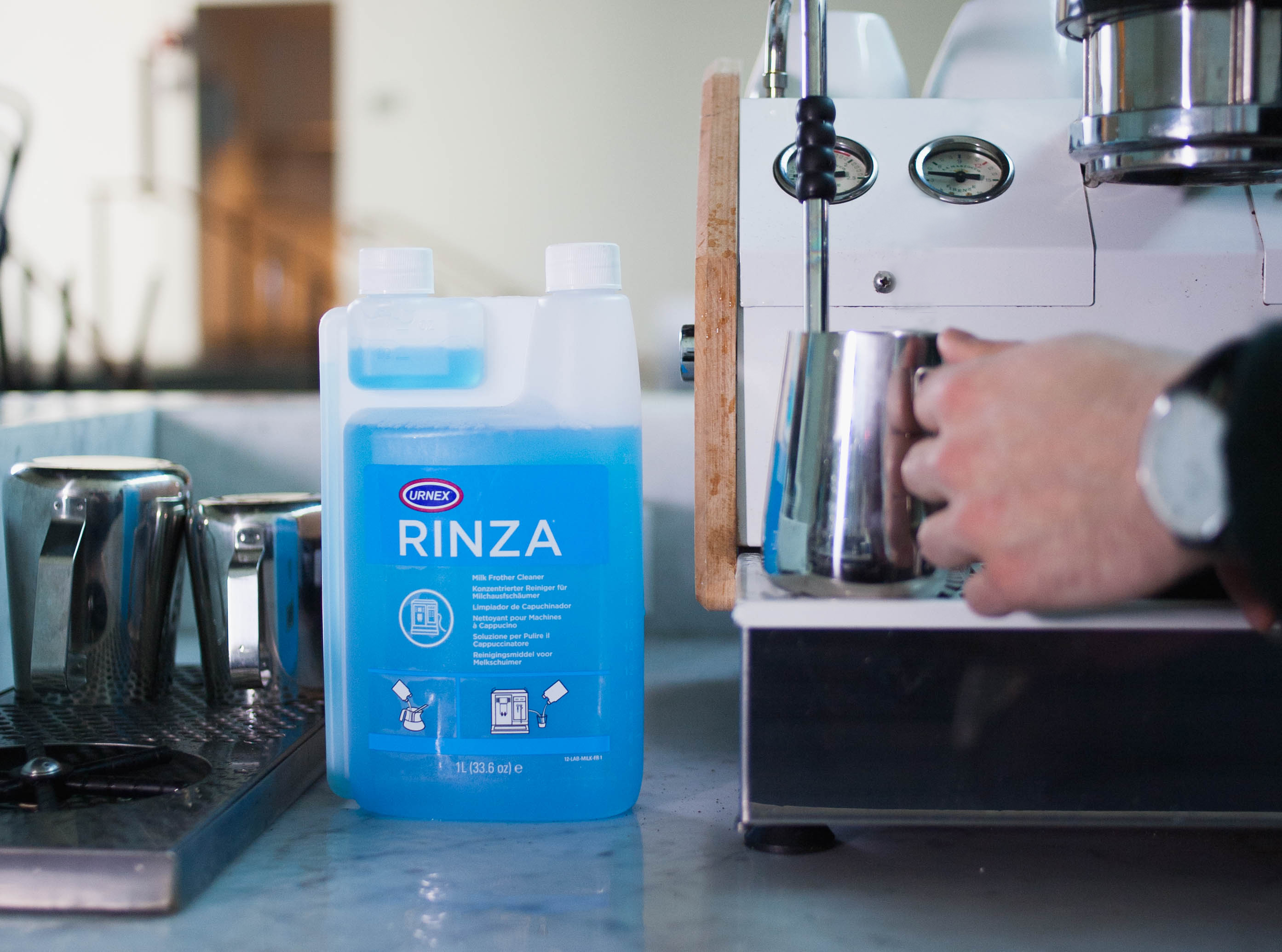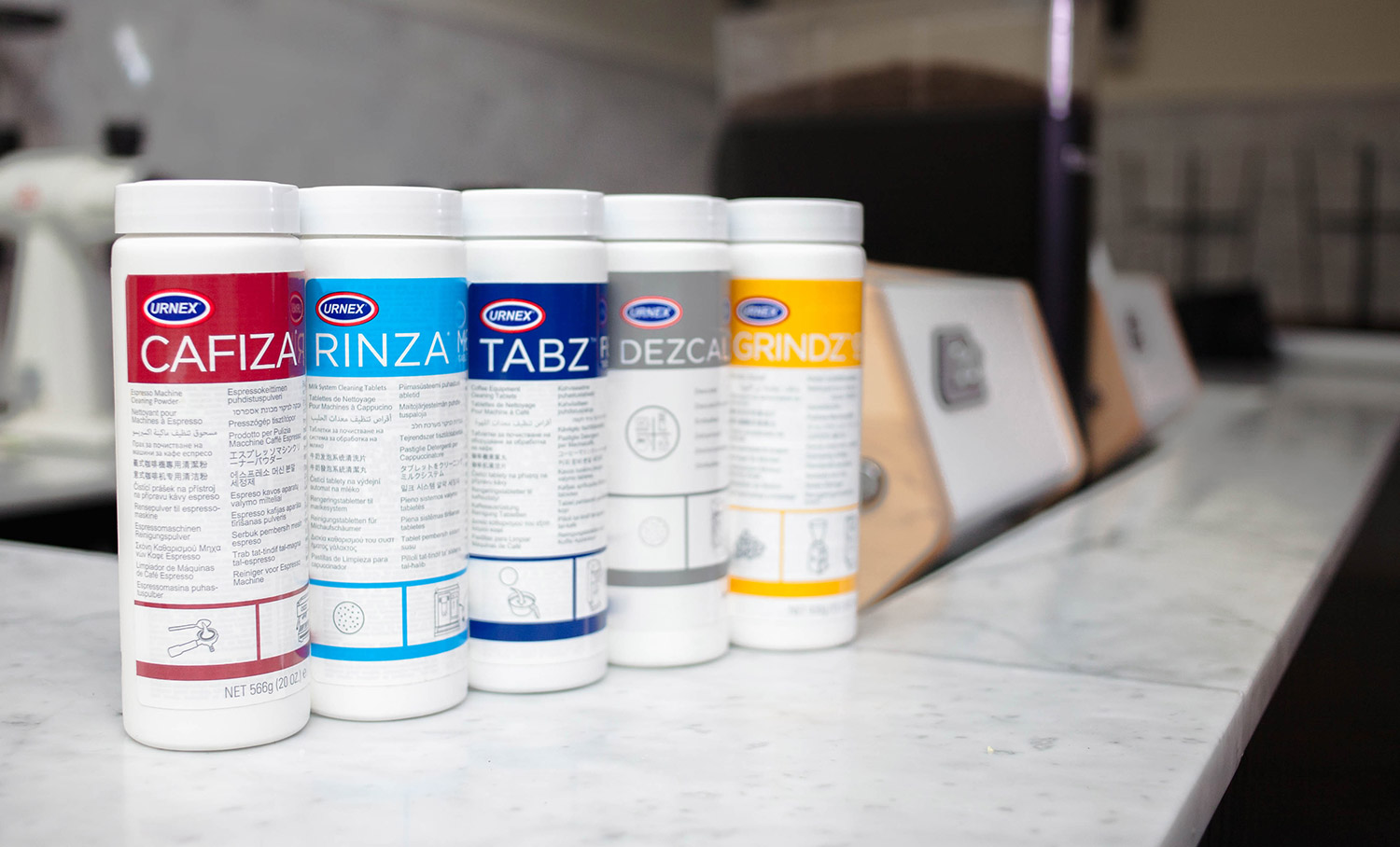
Even if your equipment is operating smoothly, achieving the right texture of milk for a dairy-based coffee drink is not always easy. Frothing milk using the steam wand on a traditional espresso machine takes considerable time and skill to master – the barista must keep the milk pitcher in the correct position relative to the steam wand, heat the milk to the right temperature, and gently roll the milk without creating any large bubbles. But with a super automatic espresso machine, producing smooth and sweet milk with the right texture is as easy as the single press of a button.
While this might appear to happen by magic, what happens behind the curtain gets technical. Super automatic machines all function a little differently, but milk is generally supplied to the machine from a tube that can be inserted into any container of milk. From there, a suction mechanism pulls the milk up through the tube to a pump where the milk is pressurized. The milk is then heated to a temperature between 155 and 165 degrees, and the frothed milk is delivered via an exit spout into your mug. If the machine is considered ‘one-touch’, the espresso and frothed milk will be dispensed from the same spout, and you won’t need to move your mug.
How Leftover Milk Ruins the Drink and the Espresso Machine

The issue that will occur first is milk drying up in the milk lines. Milk is an excellent source of a variety nutrients, including proteins and fats, which makes it an ideal environment for bacteria to grow. It is also a slightly acidic substance, and becomes more acidic over time, so it turns sour quickly if it’s not refrigerated. Which means each subsequent dairy-drink prepared with dirty milk lines could have old, rancid, sour milk in the cup. Not how a latte should taste.
A longer term problem that will arise with automatic milk systems is mineral scale buildup. Water makes up 87% of milk’s overall composition, and it contains minerals like calcium that contribute to the accumulation of lime scale. This scale will affect the taste of your milk beverages, and if left to build up over time, can ruin the internal mechanisms of a machine. Mineral scale is a hard substance that requires a unique chemical formula that typical cleaning products don’t contain.
Cleaning Milk Lines
Urnex’s Rinza address both of these common issues with espresso machine milk systems. Rinza contains cationic surfactants, which loosen the bond that forms between the milk fat and equipment it come in contact with, and then removes the milk fat from the surface. The surfactant’s cleaning ability is enhanced by the presence of a chelating agent, which soften water by removing calcium, magnesium and other metal ions. Rinza Acid will also prevent the forming of mineral scale.
Considering the complexity of super automatic espresso machines, their milk systems are quite easy to clean with Rinza. Mix Rinza with warm water in a container, and insert the suction tube into the solution. After turning the machine’s milk function on, the solution will be drawn up through the lines, run through the steam circuit, and dispensed from the exit spout. Make sure to run clean, cold water through the machine’s lines in three cycles to thoroughly rinse all of the components.
Cleaning Steam Wands

Your espresso machine’s milk lines are back in business! Ridding your milk system of old, rancid milk fats, proteins and minerals will make for a much more hygienic milk-based beverage. And a much more delicious one too.

